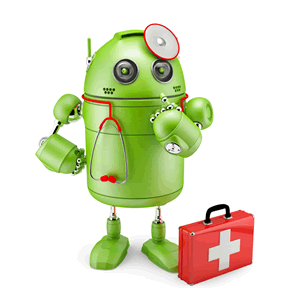Medical Connectors: Characteristics and Regulations
Positronic offers insight into medical connectors’ characteristics and regulations to follow to ensure safety in critical applications.
 Just as doctors need to pass the medical boards, medical connectors are required to pass many tests to ensure that they meet the stringent standards of safety, performance, and reliability required to work in the medical field. They must also undergo routine sterilization and follow a number of strict regulations. Let’s take a look at what makes a great medical connector and some of the regulations they must follow.
Just as doctors need to pass the medical boards, medical connectors are required to pass many tests to ensure that they meet the stringent standards of safety, performance, and reliability required to work in the medical field. They must also undergo routine sterilization and follow a number of strict regulations. Let’s take a look at what makes a great medical connector and some of the regulations they must follow.General Requirements
To work well in a hospital environment, medical connectors should satisfy most (if not all) of the following characteristics:
- Signal integrity (using leading-edge connector technology)
- Fully secured connections
- Sterilizable, sealed, or hermetic
- No electromagnetic interference
- Durable and long-lasting
- Follow the requirements of RoHS and REACH
- Easily gripped by gloved hands
- Safe and easy mating procedure
- Streamlined, color-coded product design
- Lightweight and compact
These connectors are used in a variety of medical applications such as diagnostic devices, medical imaging, therapy, surgical instrumentation, and cardiac assist devices, among many others. They must be consistent and trustworthy so that doctors, nurses, and other medical personnel can rely on them in demanding situations. If a connector is not designed well, there is always a chance that its use could result in patient injury or death. To prevent this from happening, connectors are tested rigorously before use and it is recommended that they be tested periodically after that to ensure that they still work at an optimum performance level.
ISO 80369-1
To prevent dangerous connector malfunctions, the Food and Drug Administration (FDA) has developed a standard of testing to ensure that connectors are not used with the wrong sorts of devices. They have also developed standard connector designs for various medical applications to prevent incorrect mating. The International Organization for Standardization (ISO) 80369-1 standard outlines the general performance testing required for small-bore medical connectors used with a patient. These connectors are used in healthcare fields that include (but aren’t limited to) breathing systems, enteral and gastric, urethral and urinary, limb cuff inflation, neuraxial devices, and intravascular or hypodermic. Again, the primary goal of this initiative is to make sure that medical connectors are non-interconnectable with other medical connectors used in healthcare applications. In other words, a connector should not be able to fit securely in any device that it is not meant to work with.

IEC 60601
The IEC 60601 is another series of medical connector standards. It requires medical device companies to check the safety and risk potential posed to patients, healthcare workers, and maintenance technicians for all medical devices they design and manufacture. To comply, companies must examine their products using an approved process and give every device a risk-management file. Manufacturers must be able to specify which connectors comply with technical requirements, which satisfy the performance characteristics required, and which have an unacceptable risk level (and must be eliminated).
ISO 13485
Finally, the ISO 13485 is a standard that helps to maintain the good quality and design of medical connectors (as well as other medical devices). This regulation helps ensure product safety and puts in place specific requirements for inspection, documentation, validation, and verification for medical connectors. It is considered to be a standard requirement for medical devices, with its guidelines slowly becoming universal.
Medical equipment is highly regulated and because its proper function is safety-critical, it is held to a higher degree of safety than most other types of equipment.
This article originally appeared on Positronic‘s Posiblog.





